
See below for full details.⬇⬇
You could win a €2000 cash prize. ⌚️💶🏆
#CleanAirWeek
@antaisce
#student
marymulvihillaward.ie/award/ 🧵6/6
Over the past few years more and more studies have been published highlighting the links between poor air quality and lung related illnesses.
In addition, it is believed that exposure to poor air increases the risk of cardiovascular problems.🧵1/6


Over the past few years more and more studies have been published highlighting the links between poor air quality and lung related illnesses.
In addition, it is believed that exposure to poor air increases the risk of cardiovascular problems.🧵1/6
#scienceweek2025
www.scienceweek.ie/whats-on
The 2025 United Nations Climate Change
Conference (COP30) is also taking place in Brazil.
Tracking #cop30
unfccc.int/cop30
What a week for Science Communication🎙🎤🧬🦠🌳.


#scienceweek2025
www.scienceweek.ie/whats-on
The 2025 United Nations Climate Change
Conference (COP30) is also taking place in Brazil.
Tracking #cop30
unfccc.int/cop30
What a week for Science Communication🎙🎤🧬🦠🌳.
We are all very excited to see the different directions entrants will explore with this theme.
marymulvihillaward.ie/2025/10/04/2...
The clock is ticking .....😊
#time

This year's award theme is 'Time'. ⏳
Full details below:
marymulvihillaward.ie/award/
#science
#media
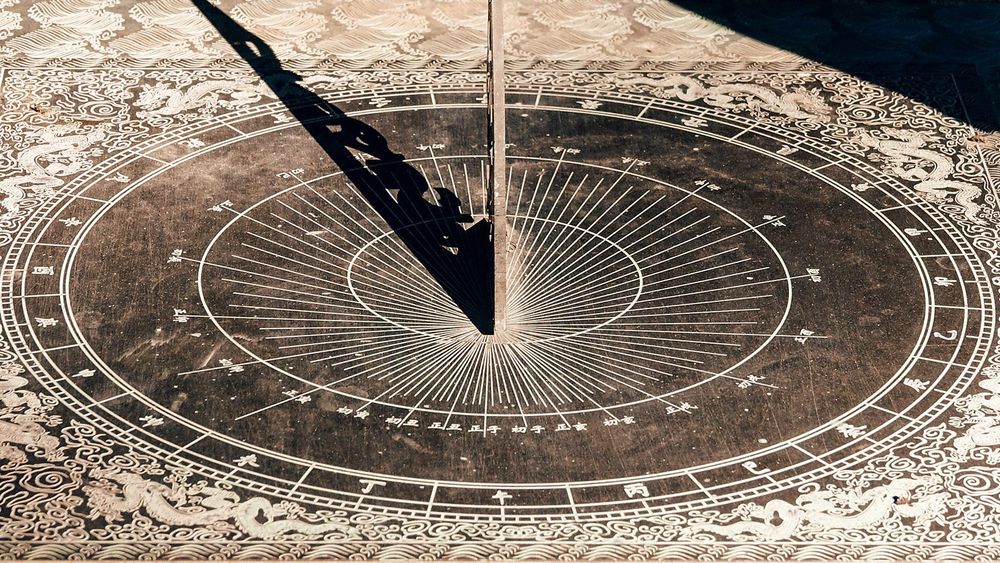
This year's award theme is 'Time'. ⏳
Full details below:
marymulvihillaward.ie/award/
#science
#media
We are all very excited to see the different directions entrants will explore with this theme.
marymulvihillaward.ie/2025/10/04/2...
The clock is ticking .....😊
#time

We are all very excited to see the different directions entrants will explore with this theme.
marymulvihillaward.ie/2025/10/04/2...
The clock is ticking .....😊
#time
As we prepare, former award winner (Eoin Murphy) @beyondthelab.bsky.social writes about what he learned this year on The Story of Life and What Comes Next.
www.siliconrepublic.com/innovation/s...

As we prepare, former award winner (Eoin Murphy) @beyondthelab.bsky.social writes about what he learned this year on The Story of Life and What Comes Next.
www.siliconrepublic.com/innovation/s...
Tickets are free but limited 🔽🎟️
www.eventbrite.ie/e/mary-mulvi...

Tickets are free but limited 🔽🎟️
www.eventbrite.ie/e/mary-mulvi...
And how he was inspired by the great @rememberingmary.bsky.social



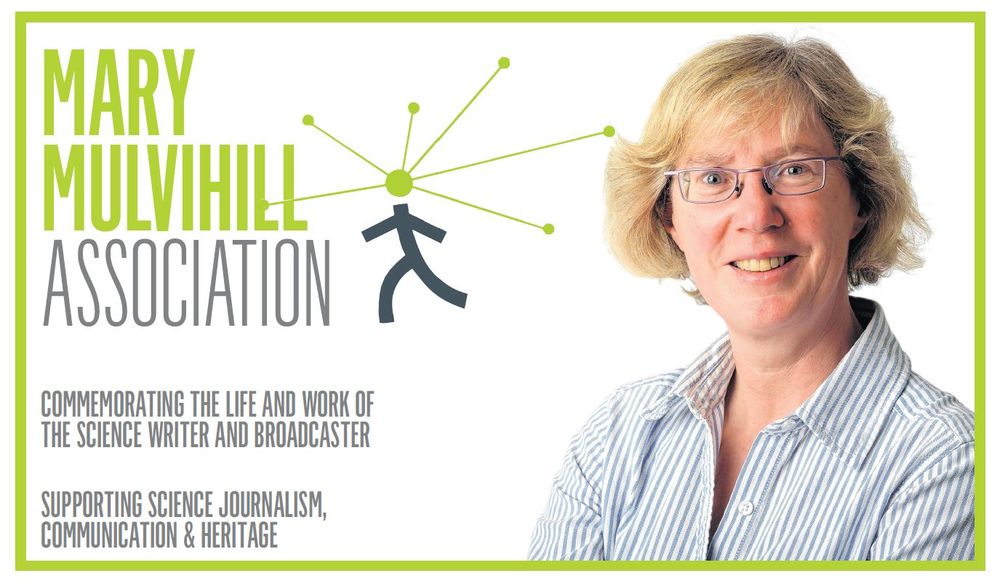
marymulvihillaward.ie/award/

marymulvihillaward.ie/award/
marymulvihillaward.ie/award/
#ClimateCrisis
#media #student

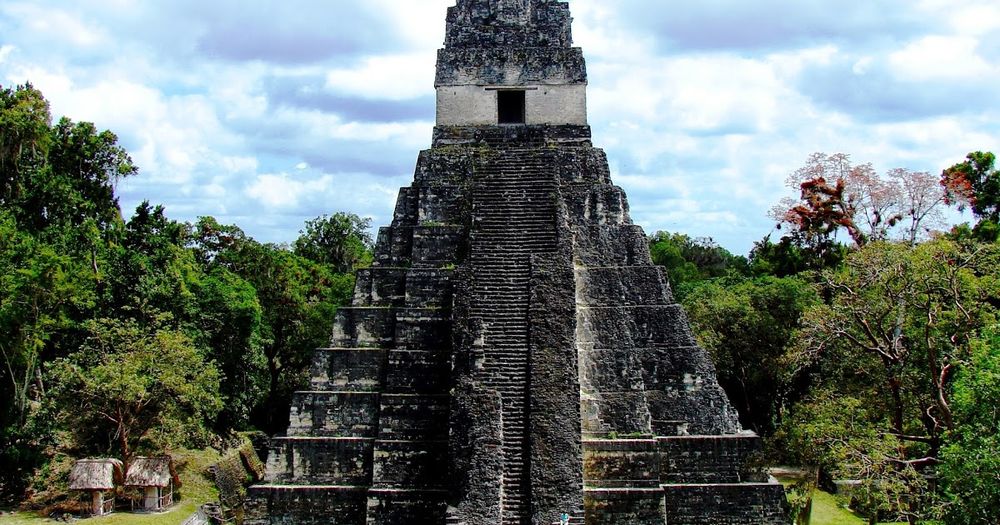

marymulvihillaward.ie/award/
#ClimateCrisis
#media #student
marymulvihillaward.ie/award/
⛄❄️🌡️
#life #cold #winter #student #media
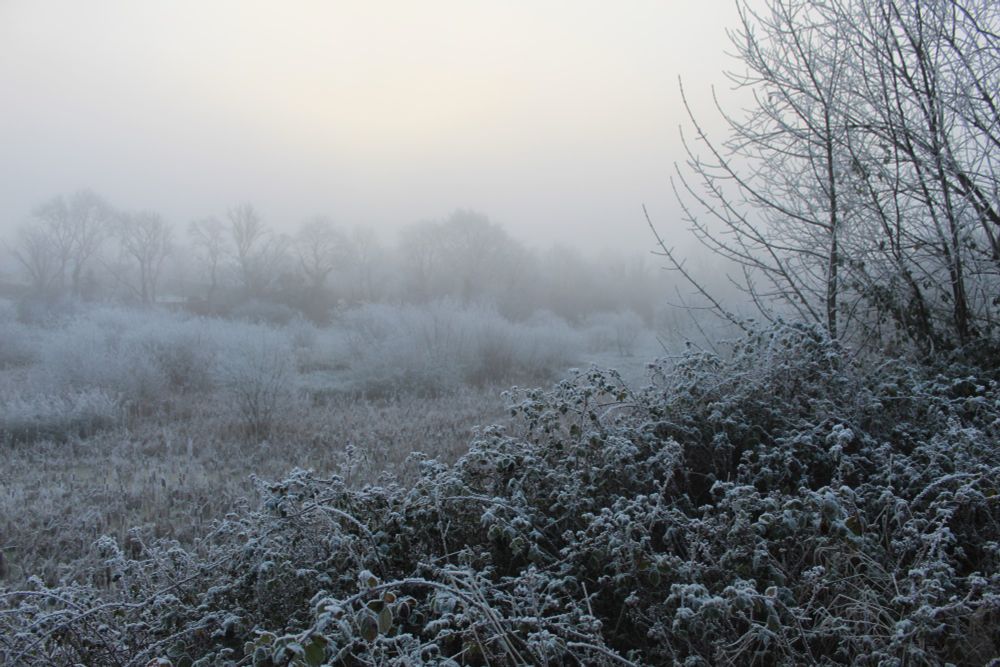
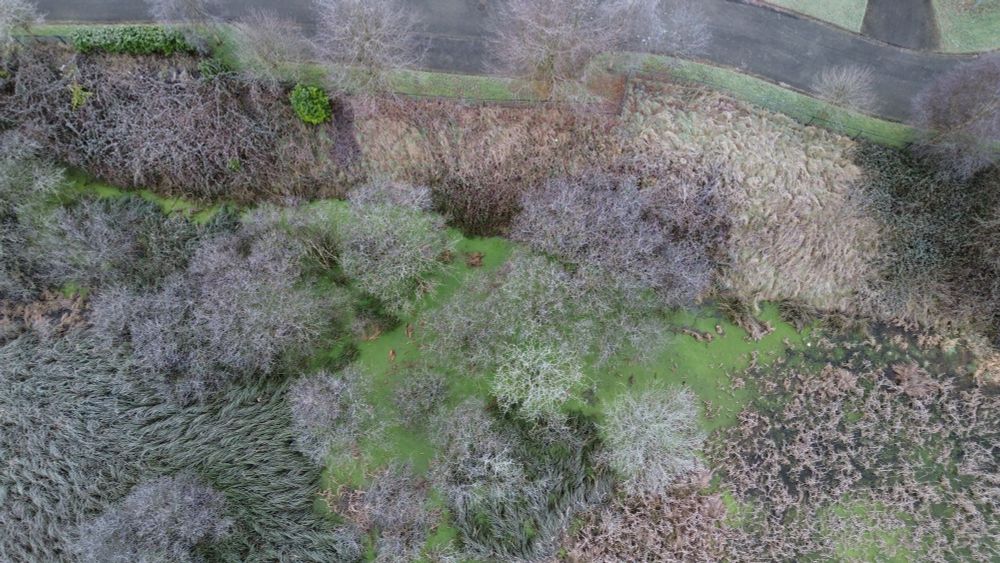

For anyone who may be thinking of entering the Mary Mulvihill Award 2025, what does this year's theme 'Life' mean to you?
marymulvihillaward.ie/award/
#life #space #water
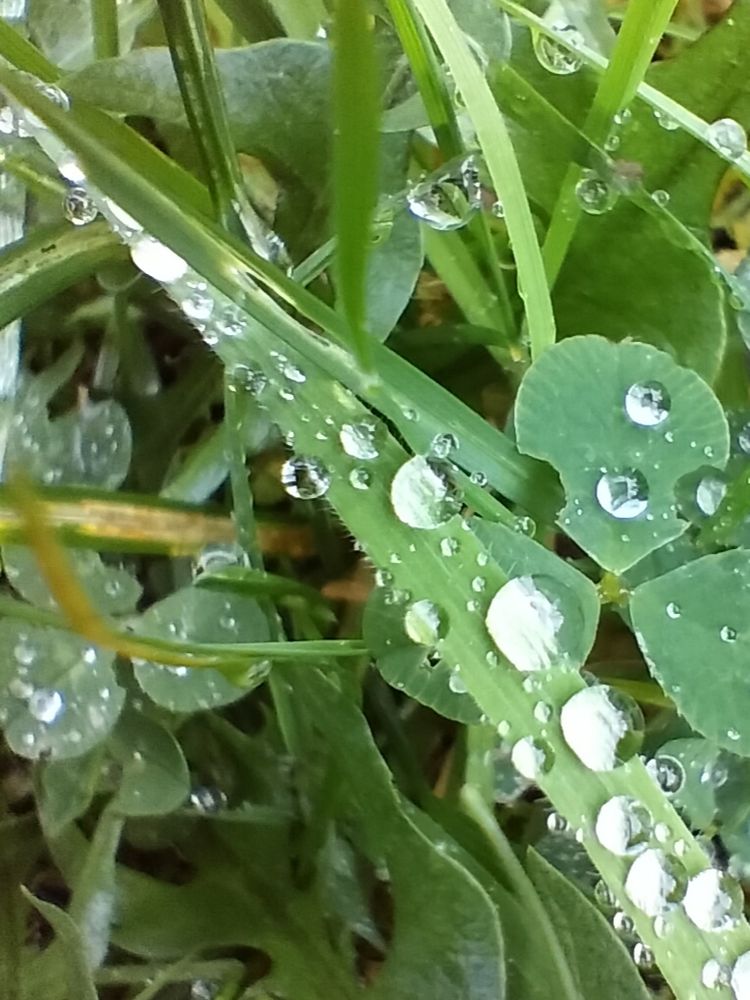
For anyone who may be thinking of entering the Mary Mulvihill Award 2025, what does this year's theme 'Life' mean to you?
marymulvihillaward.ie/award/
#life #space #water
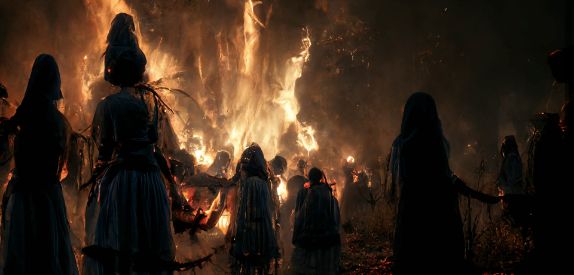
The award is open to undergraduate and postgraduate students enrolled in an Irish higher education institute at the time of submission.
See below for details⬇️
🧵1/2

The award is open to undergraduate and postgraduate students enrolled in an Irish higher education institute at the time of submission.
See below for details⬇️
🧵1/2
⬇️📰
siliconrepublic.com/innovation/mar…
⬇️📰
siliconrepublic.com/innovation/mar…
Follow the link below to see Evanna’s winning entry⬇️🏆
marymulvihillaward.ie/wp-content/upl…

Follow the link below to see Evanna’s winning entry⬇️🏆
marymulvihillaward.ie/wp-content/upl…
#science
#communication
#student
@UL
@tcddublin

#science
#communication
#student
@UL
@tcddublin


#science
#journalism
#intelligence
@siliconrepublic @KOSullivanIT
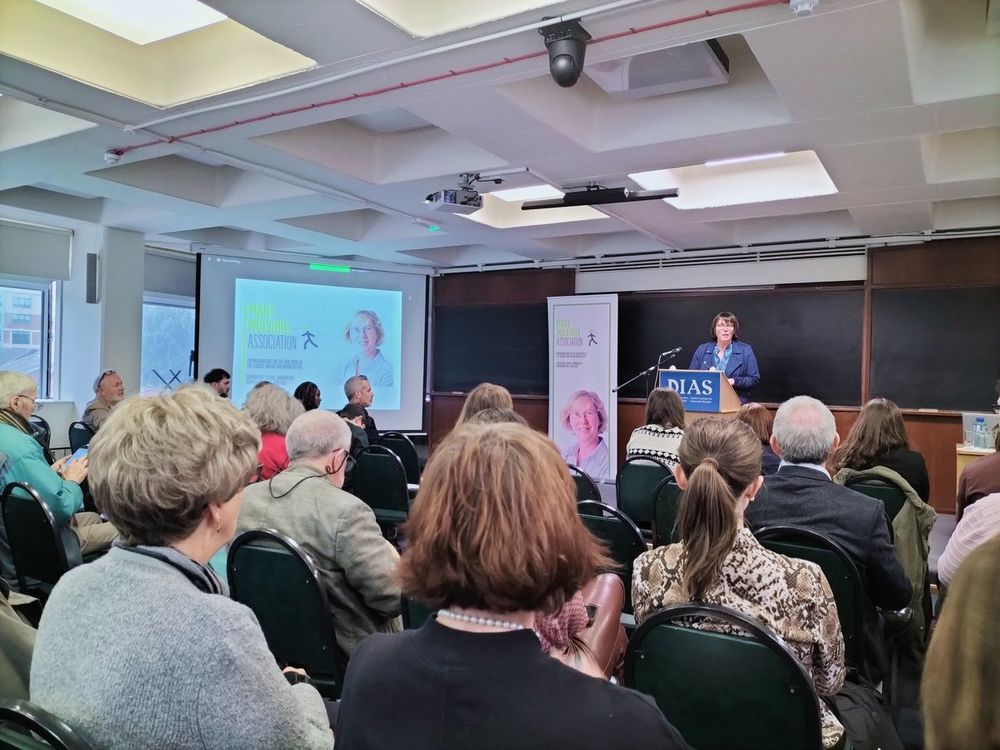
#science
#journalism
#intelligence
@siliconrepublic @KOSullivanIT

